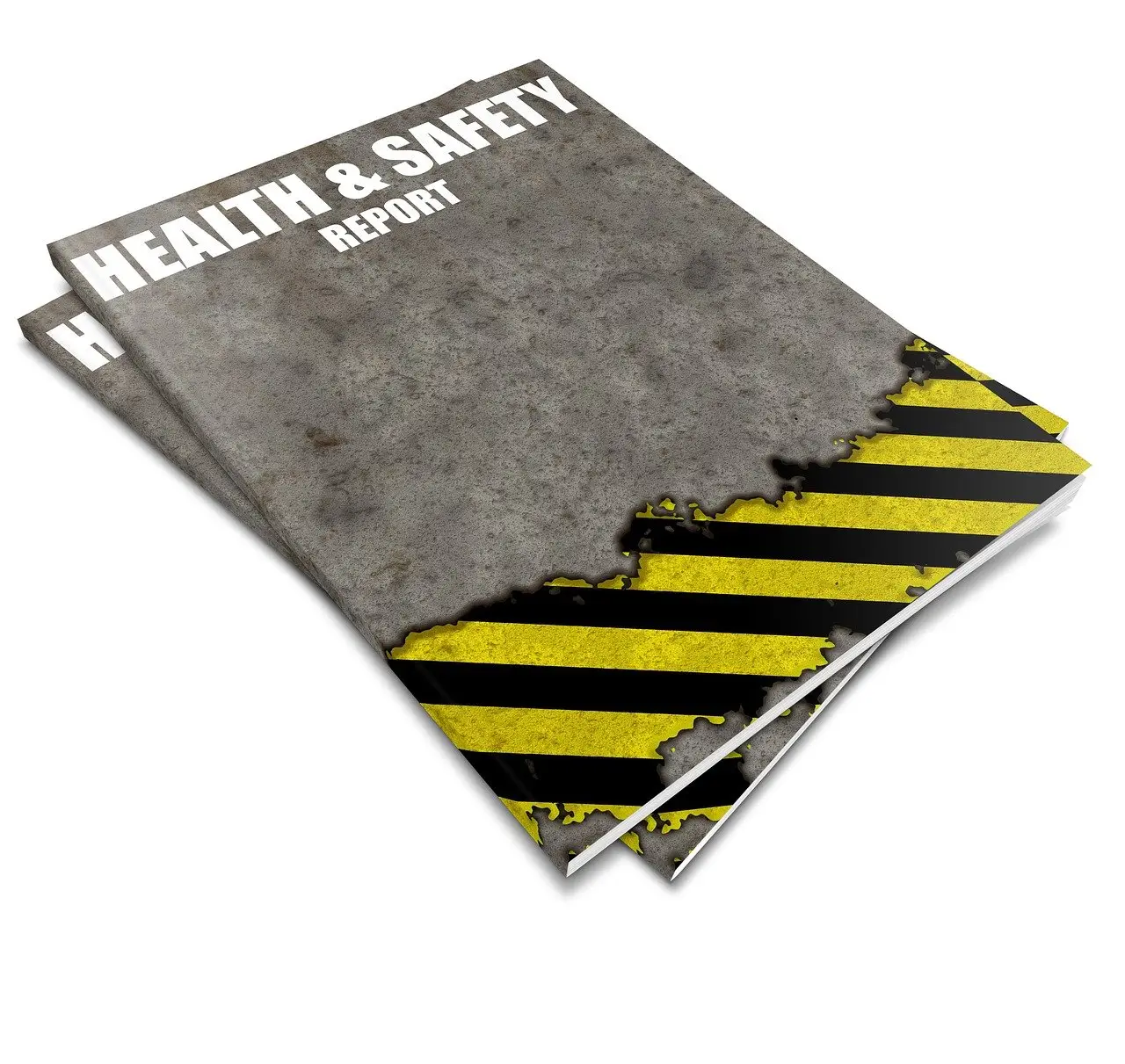June is National Safety Month: Boost Safety with Incentives
Imagine a workplace where accidents plummet, morale soars, and the bottom line thrives. Safety Incentive Programs make this a reality by rewarding safe behaviors and fostering a culture of accountability. These strategic tools not only reduce workplace injuries but also drive productivity, cut incident-related costs, and boost employee satisfaction. Central to their success is employee engagement. When workers are fully engaged in their roles, they become more aware, pay closer attention to safety protocols, and are more focused on their tasks. This heightened awareness not only enhances workplace performance but also carries over into their personal lives, promoting safer habits at home.
Financial Benefits of Safety Incentive Programs
Safety incentive programs provide substantial financial returns for companies willing to invest in them.
- Reduction in Workplace Injuries
Safety incentive programs lead to a significant reduction in workplace injuries, resulting in lower workers’ compensation costs, fewer lost workdays, and reduced legal liabilities. - Increased Productivity
Safety incentive programs focus on comprehensive safety training. With fewer accidents, employees spend less time off work, leading to higher productivity. - Insurance Premium Reductions
Insurance companies often offer lower premiums to businesses that implement safety programs. - Employee Retention and Satisfaction
Employees are more likely to stay with a company that prioritizes their safety. Reduced turnover saves thousands on recruitment and training costs, while improved job satisfaction enhances overall morale. - Compliance and Avoiding Penalties
Safety incentive programs help ensure compliance with safety regulations, reducing the risk of fines from workplace safety regulators. Avoiding these fines can be a significant financial benefit.
The Occupational Safety and Health Administration (OSHA) has found that investing in injury prevention programs yields significant financial returns. Studies indicate that for every dollar spent on workplace safety and health programs, employers can expect a return of $4 to $6. This is driven by reduced workers’ compensation costs, medical expenses, and lost productivity, alongside indirect savings from improved employee morale and lower turnover.
Additional Benefits of Safety Incentive Programs
- Enhance a Company Reputation: Safety incentive programs help build a positive reputation by demonstrating a company’s commitment to its employees’ safety, enhancing brand image, avoiding negative incidents, and fostering trust among stakeholders with very positive results.
- Team Cohesion: Incentive programs promote teamwork and collective safety goals, strengthening workplace camaraderie and safety culture. Employees engage better as a team.
- Continuous Improvement: Regular updates to incentive programs ensure that safety practices evolve and remain effective.
Designing Effective Safety Incentive Programs
While the primary objective is to foster a culture of safety, programs must be designed carefully to avoid discouraging workers from reporting incidents. Properly designed programs work alongside comprehensive safety policies to enhance overall workplace safety. Effective communication ensures safety protocols are clear, training empowers employees to adhere to these practices, and rewards reinforce safe behaviors, creating a safety-driven workforce.
Tracking Program Performance
Monitoring the performance of safety incentive programs is crucial for their ongoing success. By measuring key outcomes, such as the reduction in accidents or near-misses, companies can evaluate the effectiveness of incentives in promoting positive behaviors. Regular evaluation helps identify areas needing improvement, allowing programs to be adjusted and refined over time. This also increases employee engagement. Setting clear, measurable goals and regularly collecting data on key safety metrics are vital steps in this process. Tools like surveys and performance dashboards can monitor progress over time, allowing for consistent evaluation. This data-driven approach enables informed decision-making and supports the continuous improvement of safety programs.
Ready to elevate employee engagement and create a safer, more productive workplace? Westward, in partnership with KMC Incentives, design cutting-edge Safety Incentive Programs tailored to your organization’s needs, fully aligned with Mine Safety and Health Administration (MSHA) and OSHA standards. Our programs drive measurable success by fostering a sense of accomplishment and belonging among employees. This leads to higher productivity, stronger financial performance, and enhanced customer service. Contact Westward today to learn how we can customize a program for your organization.


